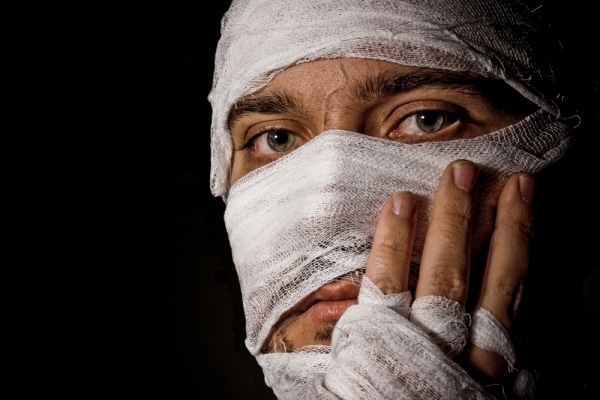Reconstructive burn surgery for the face and neck is a vital component of recovery for individuals who have suffered significant burn injuries. These areas are not only functionally essential—supporting breathing, speaking, and eating—but also hold social and emotional significance due to their visibility. The goal of reconstructive procedures is to restore both form and function, improving quality of life by enhancing mobility, appearance, and self-esteem. Given the complexity of the anatomy and the sensitivity of the skin in these regions, specialized surgical approaches are used to address both aesthetic and practical outcomes.
Challenges Unique to the Face and Neck:
The face and neck pose distinct challenges Reconstructive burn surgery in Dubai (جراحة إعادة بناء الحرق في دبي) due to their intricate muscular and nerve structures, as well as their role in expression and communication. Scarring and contractures in these areas can severely limit facial expressions, eyelid function, and neck movement. Additionally, the psychological impact of facial disfigurement is often more profound than burns in other parts of the body. Addressing these challenges requires a multidisciplinary approach, including plastic surgery, physical therapy, and psychological support, to ensure optimal recovery and reintegration.
Surgical Techniques Used in Facial and Neck Reconstruction:
A range of surgical methods are employed to reconstruct burned areas on the face and neck, often tailored to the depth and location of the burn. Skin grafts—both split-thickness and full-thickness—are commonly used to replace damaged tissue. When deeper structures are involved, flap surgeries may be required, utilizing tissue from another part of the body to provide both coverage and volume. In cases where function is compromised, procedures like Z-plasty, tissue expansion, or the use of dermal substitutes can help improve mobility and reduce tension on scars. Microsurgery is sometimes used for intricate reconstructions involving blood vessels and nerves.
Timing of Surgical Intervention:
Timing plays a critical role in the success of facial and neck reconstructive surgery. In the acute phase, surgical debridement and temporary coverage help stabilize the patient. Definitive reconstruction is typically delayed until the scars have matured, which may take several months. This approach allows surgeons to better assess the long-term impact of the burn and select the most effective reconstruction method. However, early intervention may be necessary in cases where the airway is at risk or eyelid function needs urgent correction. A staged surgical plan is often developed to address both immediate and delayed needs.
Functional and Aesthetic Restoration:
One of the main objectives in facial and neck burn reconstruction is to restore normal function. This includes ensuring that the patient can eat, speak, and blink effectively, as well as regaining full range of motion in the neck. Equally important is the aesthetic restoration, which focuses on symmetry, skin tone matching, and minimizing visible scarring. Reconstructive efforts may involve contour refinements, laser resurfacing, or pigment correction therapies. These procedures can significantly enhance the patient’s appearance and confidence, often requiring multiple sessions to achieve the desired outcome.
Rehabilitation and Post-Surgical Care:
Postoperative care is critical to ensure the long-term success of facial and neck reconstructive surgery. This includes wound care, scar management through pressure garments and silicone gel sheets, and physical therapy to maintain flexibility and prevent contractures. Speech and occupational therapy may also be incorporated, especially when oral and facial muscles are affected. Psychological counseling is recommended to help patients cope with the emotional aspects of their injuries and appearance changes. Regular follow-up visits allow the surgical team to monitor healing and make adjustments as needed.
Long-Term Outlook and Quality of Life:
Advances in reconstructive techniques have significantly improved the long-term outlook for patients with facial and neck burns. While some scarring is often inevitable, many patients achieve remarkable functional recovery and cosmetic improvement. The integration of technology such as 3D imaging, regenerative medicine, and custom-designed prosthetics continues to enhance outcomes. Ultimately, successful facial and neck reconstruction not only addresses the physical aftermath of burns but also plays a crucial role in helping individuals rebuild their lives, relationships, and sense of identity.
Conclusion:
Reconstructive burn surgery in Dubai (جراحة إعادة بناء الحرق) for the face and neck is a highly specialized and life-enhancing medical intervention that goes beyond physical healing. It aims to restore critical functions, improve aesthetic appearance, and support emotional recovery after traumatic burn injuries. Through advanced surgical techniques, careful timing, and comprehensive rehabilitation, patients can regain much of what was lost—mobility, confidence, and social connection. While the journey can be complex and demanding, the long-term benefits of facial and neck reconstruction often lead to profound improvements in both quality of life and self-esteem.

